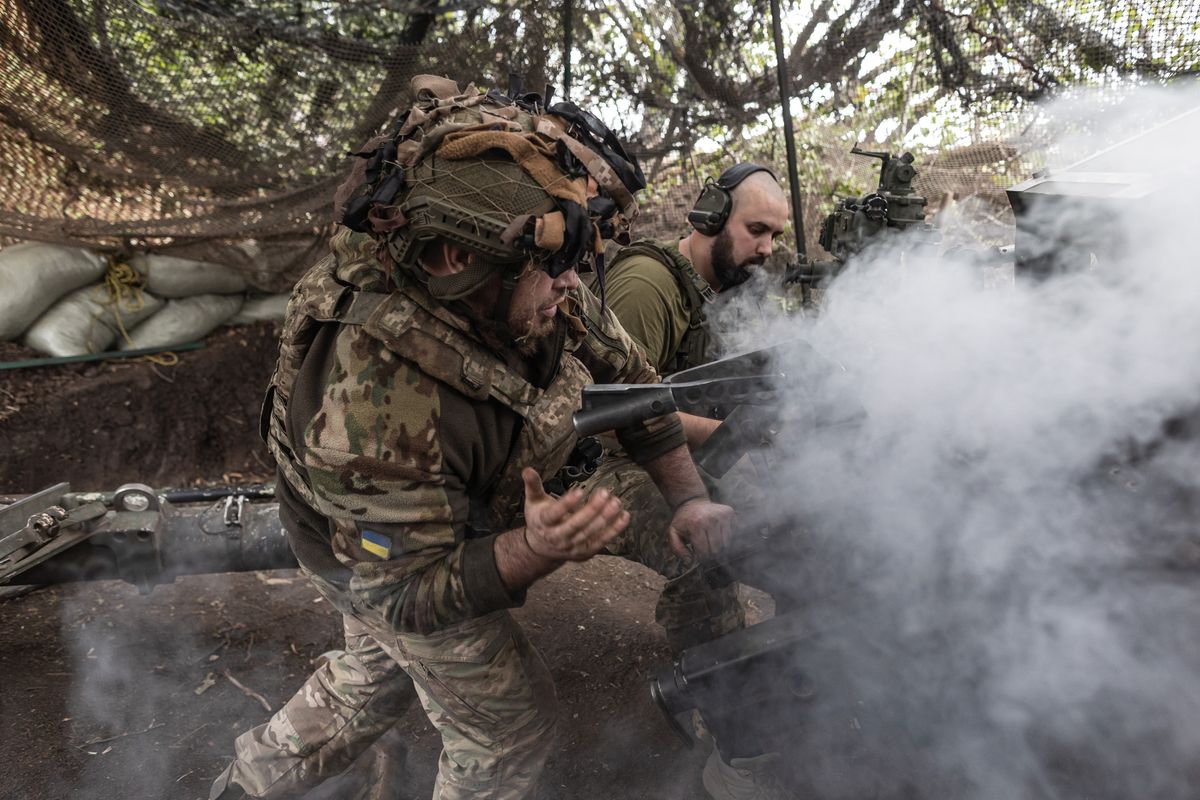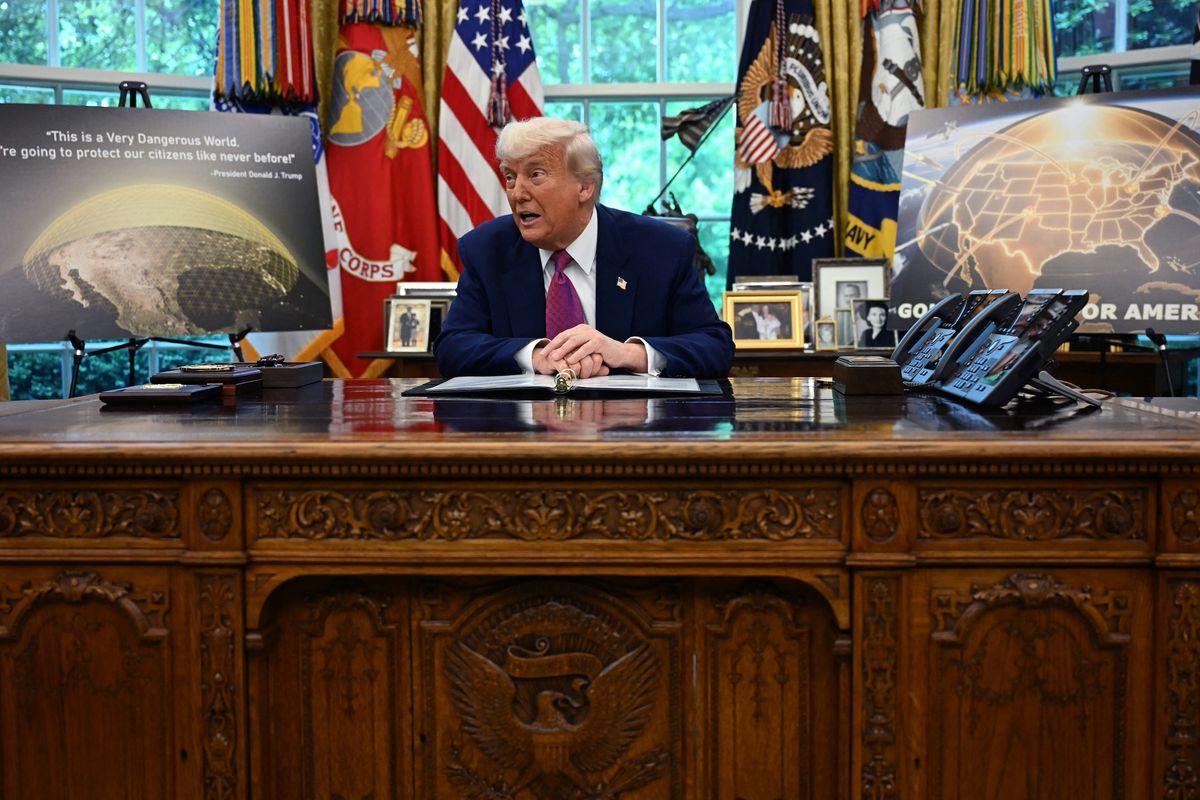One sign of how important space is to military operations, particularly U.S. military operations, is that the countries who are our most likely military opponents, particularly China and Russia, are investing tens of millions of dollars in a range of technologies intended to degrade or destroy satellites and space capabilities.
National security and military space operations fall into three broad categories: communications, reconnaissance, and precision navigation. Each is essential for warfighting. The benefits they provide are intangible in the sense that we are not talking about weapons or physical effect. Space creates an informational advantage. The U.S. is more dependent than most nations, but this dependence is part of what makes U.S. forces so formidable.
Communications satellites are the backbone of modern command and control. The ability to make better-informed decisions more rapidly than an opponent and to communicate these decisions lets a commander outmaneuver opponents and better coordinate with his own forces. The demand for satellite communications by the military has increased exponentially since the first Persian Gulf War. The Department of Defense met rising demand by leasing services from commercial satellites, most of which are operated by European companies.
Leasing creates an advantage. If complicates an opponent’s problems when they have to attack a satellite owned by a neutral third party to disrupt U.S. military communications. Leasing puts the attacker in an awkward spot, where a successful attack risks widening any conflict and turning international opinion against them. A reasonable goal for national security space policy is to complicate an opponent’s options, making it more difficult for them to attack space assets.
Part of the information advantage the U.S. gains from space comes from satellite reconnaissance (or remote sensing). The U.S. has been using reconnaissance satellites since the early 1960s. This can be more than pictures—many different kinds of sensors can be mounted on a satellite. Space reconnaissance reduces uncertainty and the risk of surprise. The international laws that govern space let reconnaissance satellite operation freely overhead across any area on earth. Most countries know this, and hostile nations go to incredible lengths to bury or shelter some facilities from overhead surveillance, but hiding from satellites is not easy.
Precision navigation (provided for the U.S. by the Global Positioning System, or GPS) has two benefits. GPS signals are one way to direct precision-guided munitions (PGMs). Targets that required hundreds of unguided weapons can now be serviced with one or two PGMs. This reduces risk, cost, and collateral damage, another intangible benefit provided by space operations. Navigation services have changed military communication—before GPS the most frequent radio message on the battlefield was “where are you?” Soldiers got lost, commanders did not know where their forces were—all this has changed making command and control easier and faster.
Space services make militaries faster, more accurate, and better coordinated. Other countries are copying the U.S. in building space-based military capabilities. However, the satellites that deliver these services are incredibly fragile. A country can shoot a satellite with a missile, a messy approach, and there are many better ways to degrade them. Ground-based lasers can blind them (China has tested these). Cyber-attacks can disrupt control. Radio signals form satellites are relatively weak and easily jammed. An attack satellite can maneuver next to its target and jam or damage it. In an extreme case, a large burst of radiation in space can disrupted or destroy satellites. The U.S. inadvertently proved this in 1962 in a high altitude nuclear test called “Starfish Prime.” The radiation released by a bomb essentially fried satellite microelectronics. It’s extreme, but it might be attractive to a country like North Korea, which could detonate a weapon over its territory in a “failed” test and blind U.S. satellites. Best of all, many of these attacks are hard to prove. There are many reasons why a satellite might stop working, and it could be an equipment failure, space radiation, or an attack. It can be hard to say which was which. That said, “space war” is unlikely unless it is part of some larger conflict on the ground.
There is a treaty that bans the placement of “weapons of mass destruction” (e.g. nukes) in space. The Soviets and Americans contemplated using Fractional Orbital Bombardment Systems (FOBS) in the 1960s, and the Soviet even tested them. The Soviets also experimented with satellite mounted cannons, and the U.S. Air Force was over-exuberant in discussing how space based kinetic weapons ("hypervelocity rod bundles" in DoD-speak) could be used, but in all of these cases, the political cost and the impracticalities of space based weapons worked against their ever being deployed. Space is militarized and has been since the 1960s, but it is not weaponized.
During the Cold War, there were understandings between the U.S. and the Soviet Union that space was a sanctuary, and each side would refrain from attacking the others satellites. The motive for this was straightforward. Satellites provide strategic reconnaissance and control for nuclear forces. Attacking them would be a logical first step in a nuclear attack, and the target might decide not to wait to see if it was all a mistake. Satellites were protected by the risk of nuclear war. This is no longer the case. There are things the U.S. can do to reduce risk—like more leasing or using microsatellites – but the risk to our national security-related space assets has never been greater. Attacks on satellites are not likely, but they are also not impossible, and it is certainly tempting to advanced opponents. For 25 years, the U.S. could operate without fear of attack in the air, sea, or space because our opponents did not have the means for attack. We were in a sense invulnerable, but we can no longer plan on invulnerability.










